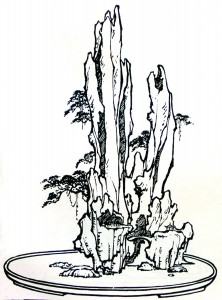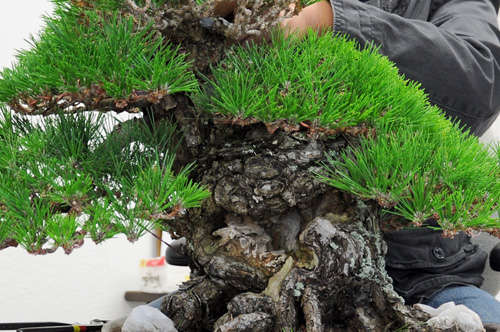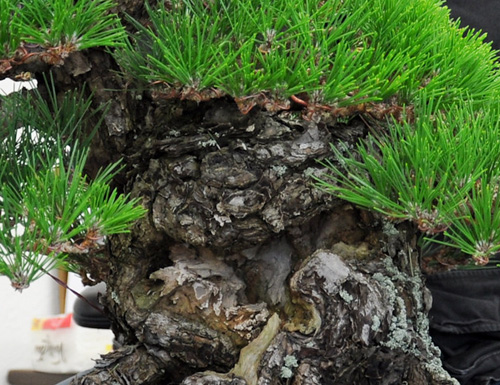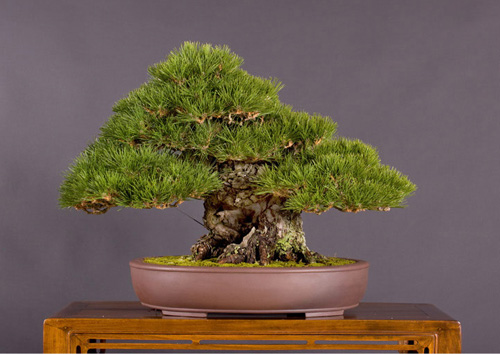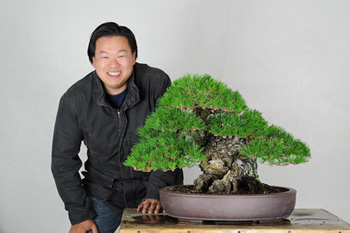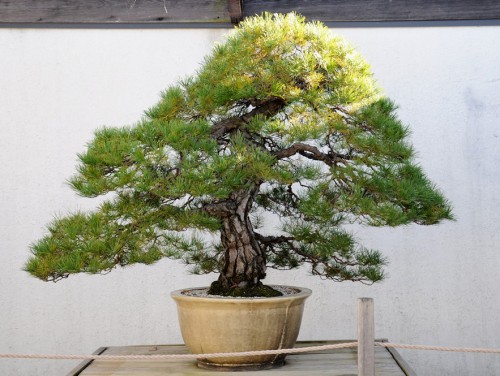
The Imperial Japanese Red Pine (Pinus densiflora) at The National Bonsai and Penjing Museum. In training since 1795. Photo by Jonas Dupuich of Bonsai Tonight.
Rusty, are you out there?
I came across a link to the article below in a post on Bonsai Tonight. The post is about the National Bonsai & Penjing museum. The link to the articled appears in the post’s comments by someone named Rusty. Unfortunately, Rusty didn’t give his last name (maybe someone out there knows who he is).
A complex task with a simple name
The article is entitled Repotting the Imperial Pine. It’s a great little story that is enhanced by some interesting photos. If you want to read it, here it is. I highly recommend it, but if it’s too much trouble, here’s an excerpt and a couple borrowed photos:
“As I was working on removing the soil from the rootball I would stop my work every few minutes and reflect on what I was doing and how many people have done the same task over the last 200 years. I kept thinking about how fortunate I was to be given this opportunity. How many amateur painters do you know who were invited to a Guggenheim to help with a restoration of a Rembrandt painting?”
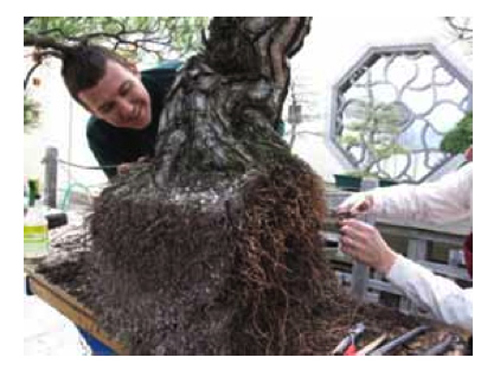 Is the trunk bigger than that man’s head? Is that man Rusty?
Is the trunk bigger than that man’s head? Is that man Rusty?
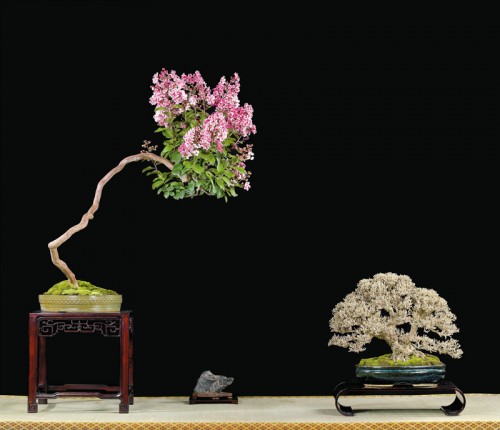
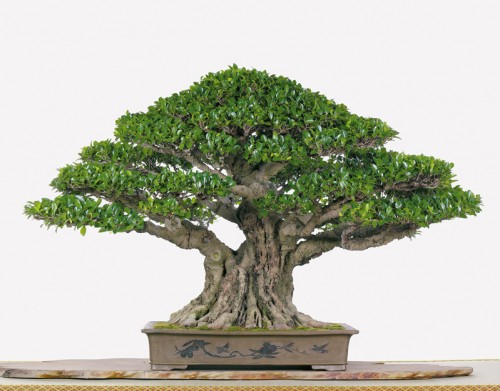
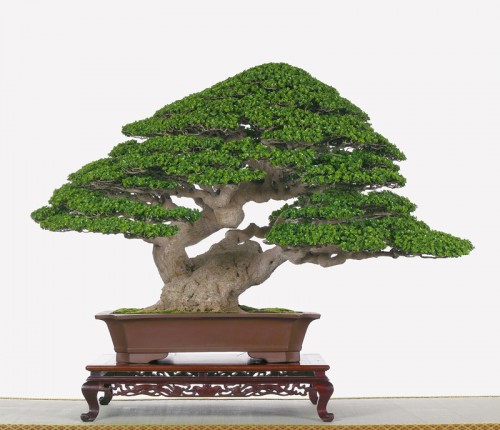
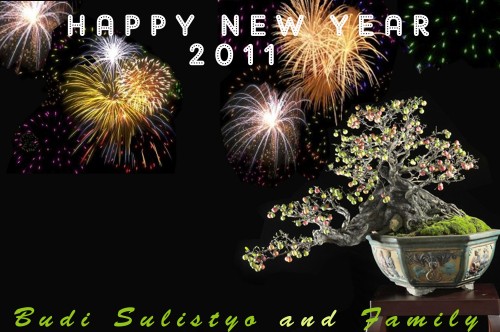
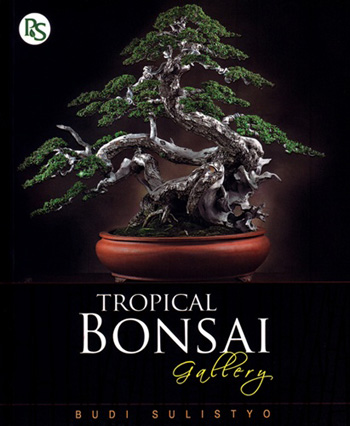
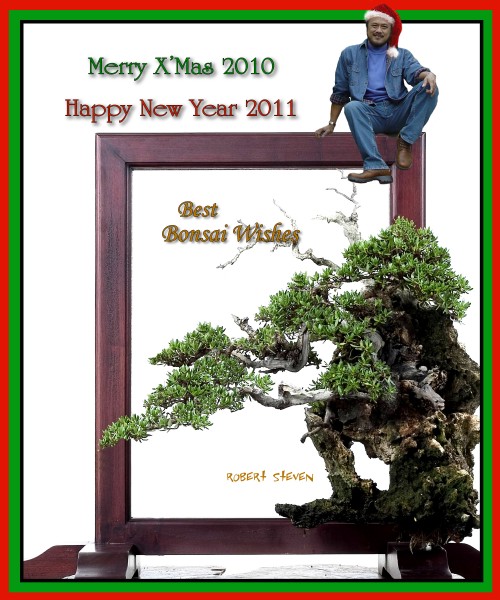
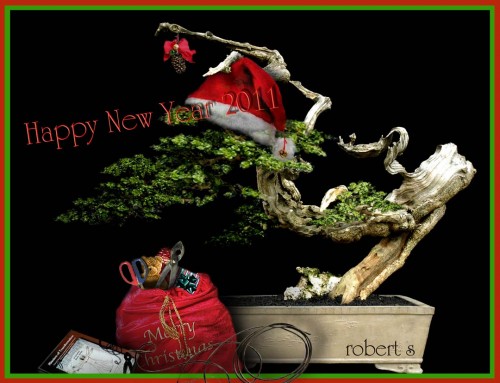
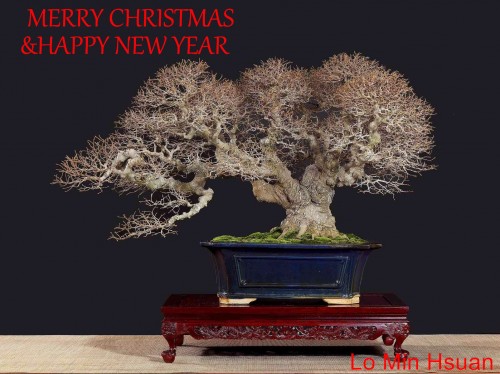
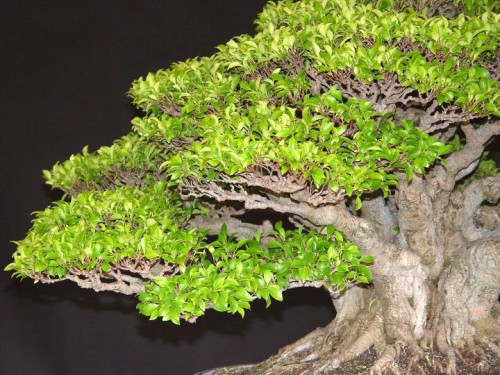
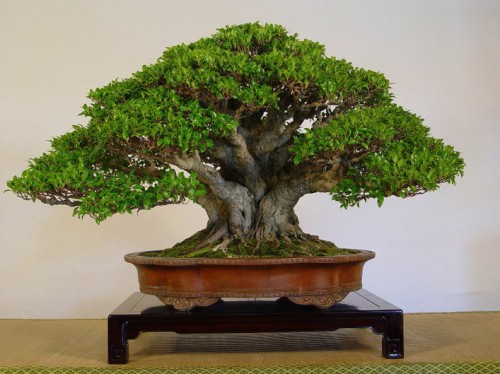
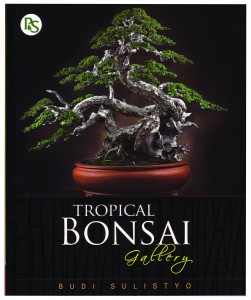
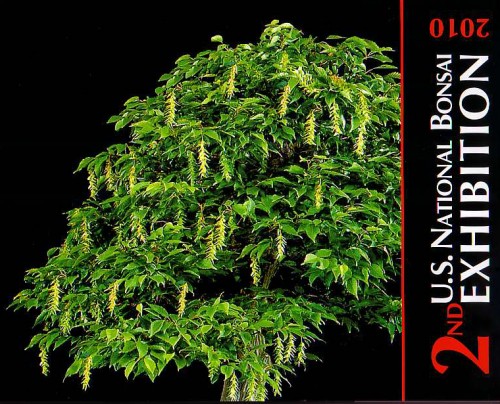
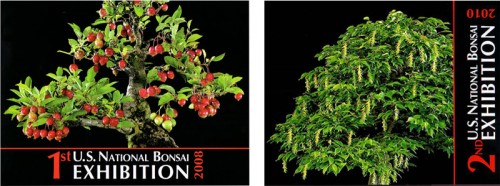
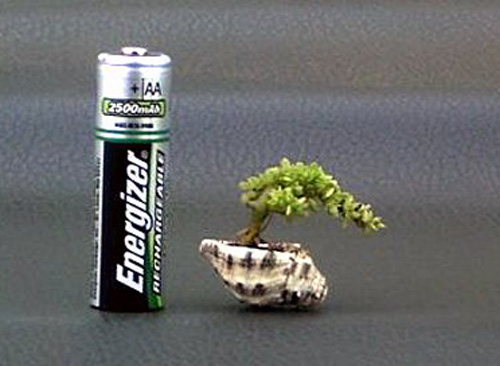
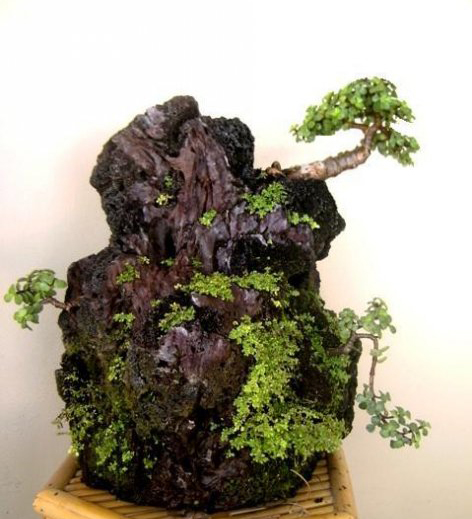
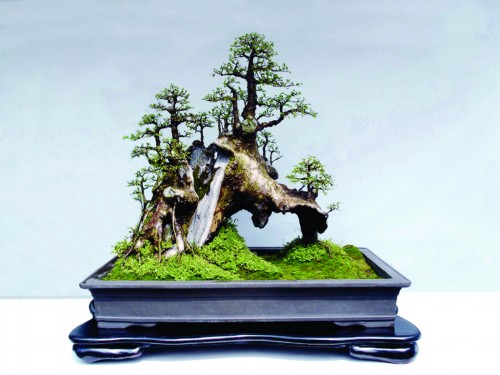 A magical Chinese elm penjing by Wang Huaishun. Did this creative landscape, and others like it, influence some of
A magical Chinese elm penjing by Wang Huaishun. Did this creative landscape, and others like it, influence some of 